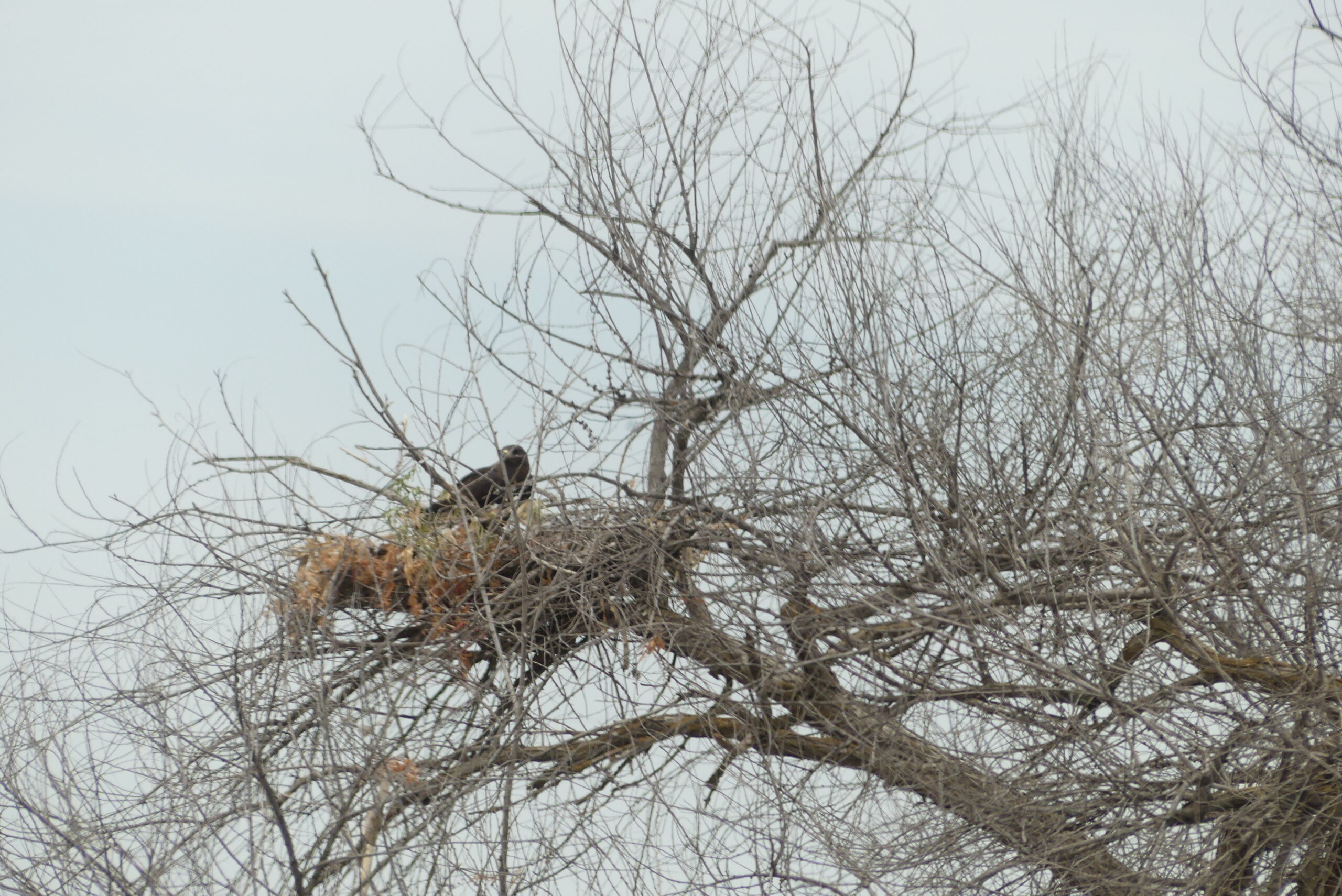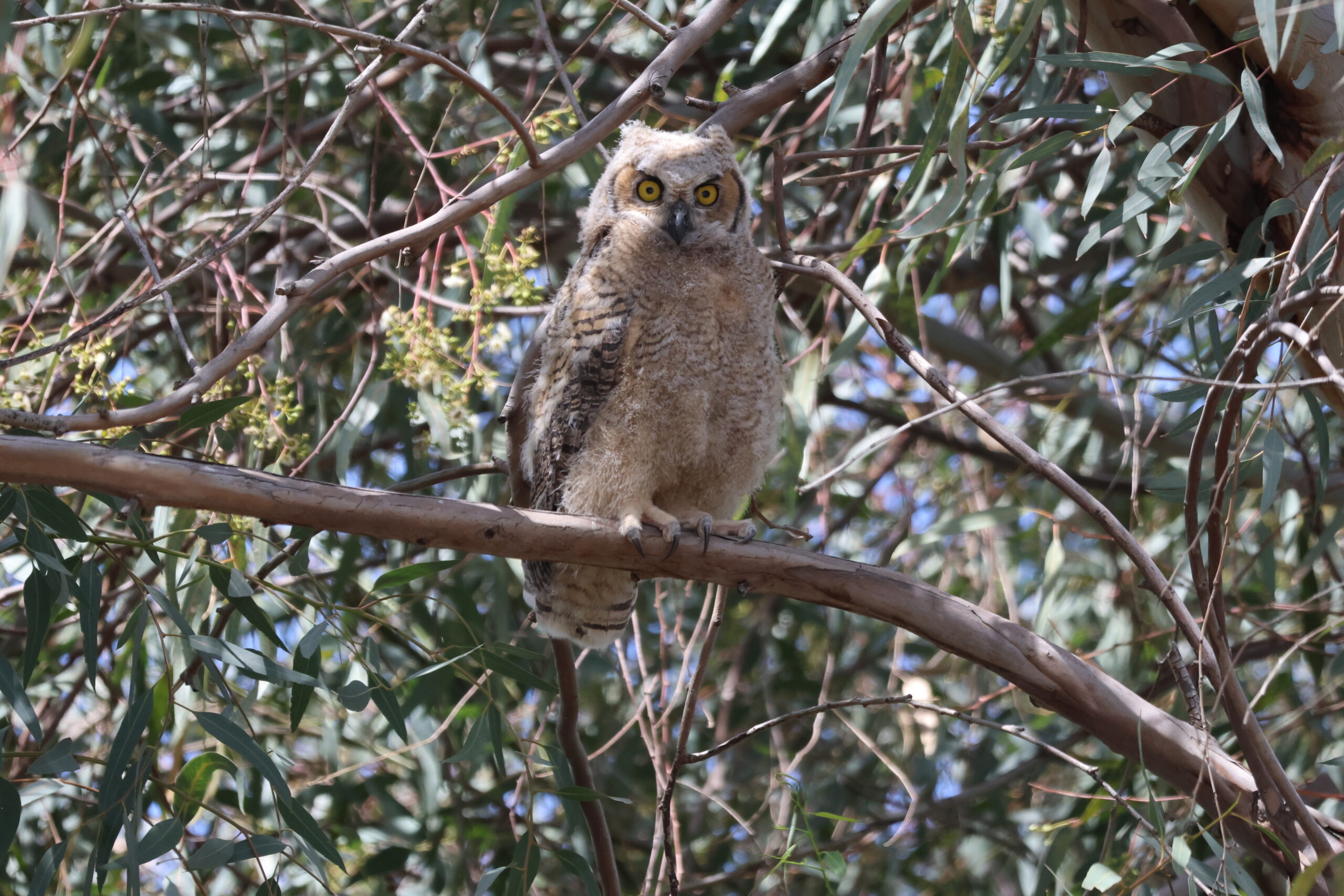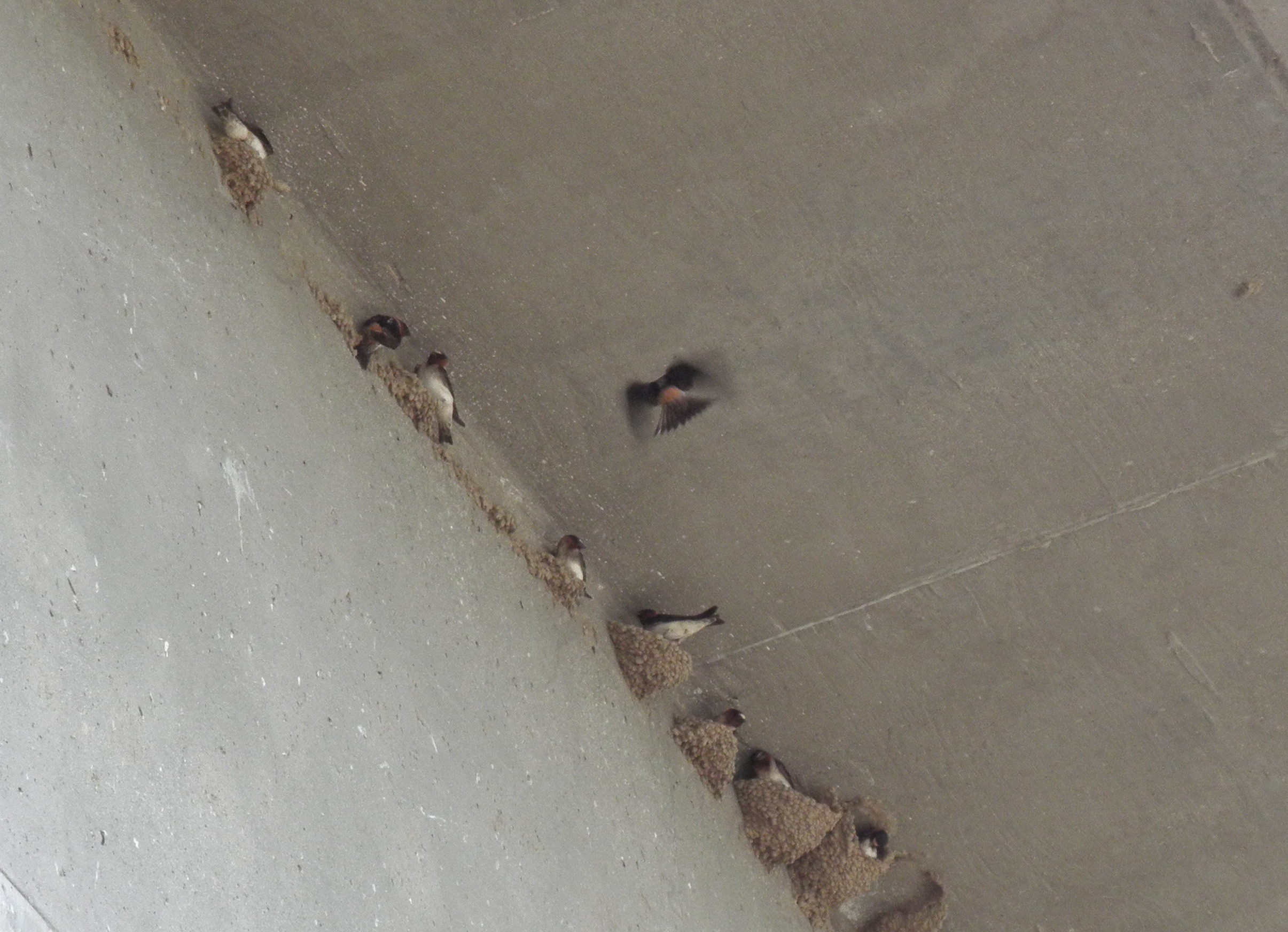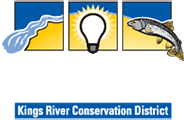As we enter the busiest season for levee maintenance and habitat work, our team has wrapped up its spring bird survey. These surveys are a key part of our preparation process, helping us avoid disturbing nesting birds while continuing essential work along the levee system. Surveys are required within 30 days of the start of project activity along the river system.
Why We Conduct Bird Surveys
Between March 1 and August 31, many native bird species are in their nesting season, a sensitive period when birds build nests, lay eggs, and raise their young. Under the Migratory Bird Treaty Act (MBTA), it is illegal to move, damage, or disturb active nests of protected birds. This includes common native species like cliff swallows, barn swallows, red-tailed hawks, great horned owls, California scrub-jays, and northern mockingbirds.
Surveys help us locate nests before starting work so that we can avoid disturbing birds during this critical time. If we find a nest, we adjust our work plan accordingly.

Setting Up A Safety Perimeter Around Nests
Our work is conducted under a Lake and Streambed Alteration Agreement (1600 Permit) with the California Department of Fish and Wildlife (CDFW). This permit requires bird surveys to be completed within 30 days of any project activity. We’re also required to check access roads and areas within a half-mile radius of each project site.
When a nest is found, we set up a buffer zone* to avoid any accidental impact. These buffers vary based on species:
- Raptors like red-tailed hawks and great horned owls: 500-foot radius
- Non-raptor songbirds like cliff swallows: 250-foot radius
- Swainson’s hawk: half-mile radius
- Burrowing owl: 250 feet during nesting season (Feb 1 – Aug 31), and 150 feet the rest of the year
*These distances are set by California Department of Fish and Wildlife.

How Surveys Are Completed
We use a combination of vehicle-based (“windshield”) and walking surveys to cover the full area. Surveyors move slowly and scan trees, structures, and the ground for signs of nests. When needed, we use binoculars to confirm species and nesting status.
The timing of surveys is also important:
- February: Early surveys while trees are leafless help us locate old nest sites that may be reused
- March – April: Additional surveys to catch early nesters and monitor developing activity
- May – August: Focused monitoring of known nests near active work areas
Since foliage thickens as spring progresses, early surveys give us a better chance of spotting nests before they’re hidden. Later in the season, we rely on earlier findings and revisit known sites to determine whether nesting has concluded so work can resume.

What We are Protecting

Nests can be found in trees, burrows, or manmade structures like bridges and weirs. Species like great horned owls don’t build nests of their own, but instead reuse old nests from other birds. Cliff swallows build mud nests on vertical surfaces, often in large colonies. Burrowing owls rely on ground burrows, making them harder to spot without a careful look.
Every nest we find is tracked throughout the season. If nesting concludes successfully—meaning the young birds have fledged and left the nest—the buffer can be removed and work can resume safely in that area.
Why It Matters
We are committed to environmental responsibility. These surveys help prevent accidental harm to birds or their young, while keeping our levee work on track by identifying potential delays early, so we can schedule work around sensitive habitats as needed.
As development and maintenance work continues along the river, our goal is to ensure that wildlife, especially during vulnerable life stages, is respected and protected.
We appreciate the support of our partners, landowners, and community members as we continue this work. Protecting wildlife while maintaining public safety is a shared responsibility that we all must take part in.

